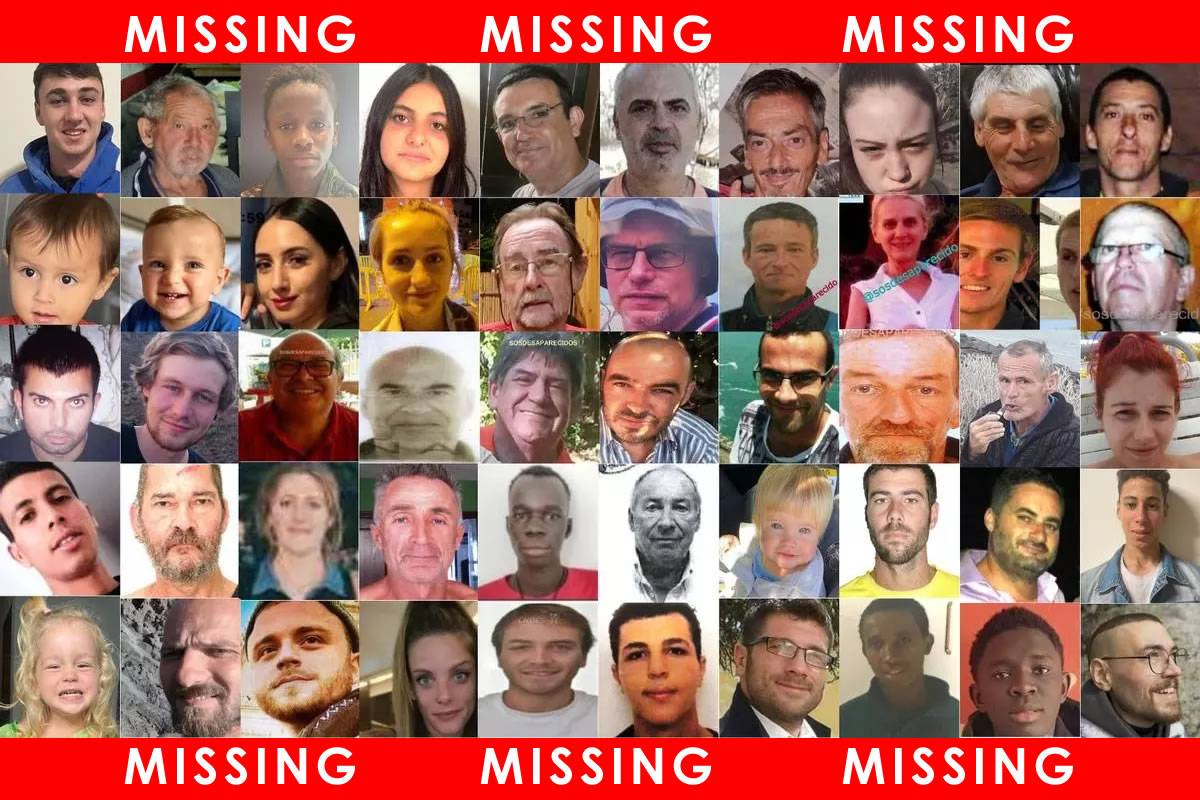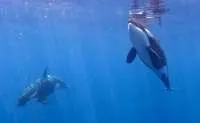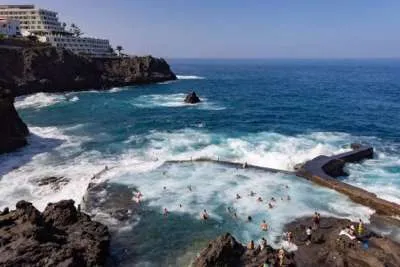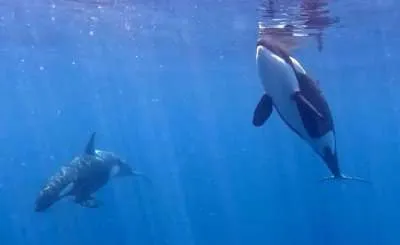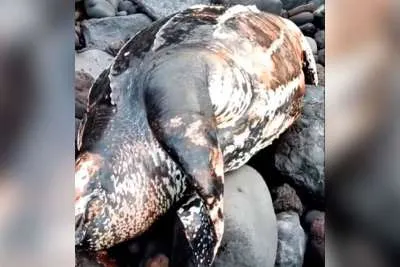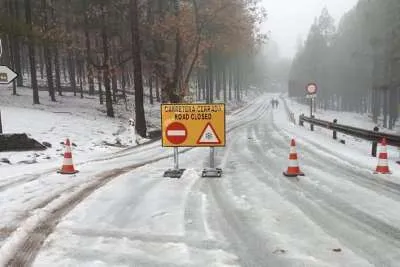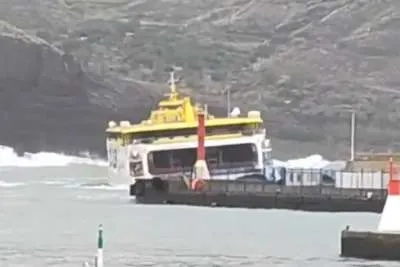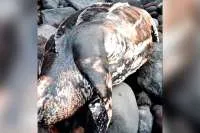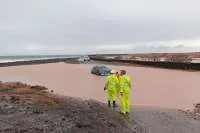82 missing persons in the Canary Islands. Why are some searches bigger than others?
- 08-07-2024
- National
- Canarian Weekly
- Photo Credit: SOS Desaparecidos
Differences in search efforts for missing persons have become a contentious issue. Santiago Martín, coordinator of the SOS Desaparecidos association in the Canary Islands, highlights a concerning trend claiming: "There are first, second, and even third level missing persons."
He reveals that Canarians with missing relatives have lodged complaints about the disparity in resources deployed in different cases, using the search for Jay Slater as an example, as it has received significantly more attention than many others.
Martín clarifies, "These families are not asking to reduce efforts for finding Jay Slater, not at all. They simply wish that the search operations for their loved ones were as extensive and persistent as others organised on the islands." This sentiment resonates deeply among those still looking for missing family members.
According to SOS Desaparecidos' website, there are currently 82 missing persons in the Canary Islands: 50 in the province of Santa Cruz (Tenerife, La Palma, La Gomera, and El Hierro), shown in the main image, and 32 in the province of Las Palmas (Gran Canaria, Lanzarote, and Fuerteventura).
The oldest case dates back to February 8th, 1981, when Adolfina Ramos Hernández disappeared in Arinaga, a municipality in Gran Canaria. She was 21 years old at the time and would now be 64.
The most recent and highly publicised case is that of 19-year-old Jay Dean Slater. Despite the Guardia Civil concluding the large-scale search operation last Sunday, all lines of investigation remain open. Hundreds of people, including security forces, mountain rescue teams, and volunteers, searched the Masca area where he was last seen.
Martín emphasises the need for equal attention for all missing persons: "No family of other missing persons wants search operations limited; they simply want everyone to receive the same attention." Few search operations for the other 49 missing individuals in Santa Cruz de Tenerife province compare to the extensive efforts for Slater.
The reasons for this discrepancy are unclear. Martín speculates, "It could be due to media pressure or the persistence of some families. What is certain is that all families consider their loved ones just as important as any other, and it is hard to explain why some cases receive more effort than others."
The diversity of cases in Santa Cruz de Tenerife includes adults who vanished without apparent reason, elderly individuals with illnesses, runaway teenagers, abducted minors, lost at sea, and unaccompanied immigrant minors who left care centres.
In all these instances, Martín notes a common pattern: searches continue for several weeks before being suspended due to a lack of leads, but cases remain open in hopes of new evidence.
Notably, the list of missing persons on SOS Desaparecidos' website includes Tomás Gimeno, who murdered his two daughters in April 2021. While his elder daughter's body was found, the bodies of Gimeno and his younger daughter, Anna, remain missing.
Another mysterious case is that of Natalia Hernández. The young woman from Madrid landed at La Palma airport but never collected her luggage. Scheduled to start work in Fuencaliente, she vanished on October 24th, 2022, and her whereabouts remain unknown almost two years later.
Other perplexing cases include German backpacker Oliver Heise, who disappeared in August 2022, and veteran surfer Rudolf Seeberger, last seen in July 2020 in El Médano (Granadilla). These cases exemplify the need for consistent and comprehensive search efforts for all missing persons in the Canary Islands.
Other articles that may interest you...
Trending
Most Read Articles
Featured Videos
A Vision of Elvis Tenerife Promo
- 10-05-2025
TEAs 2025 Highlights
- 17-11-2025


